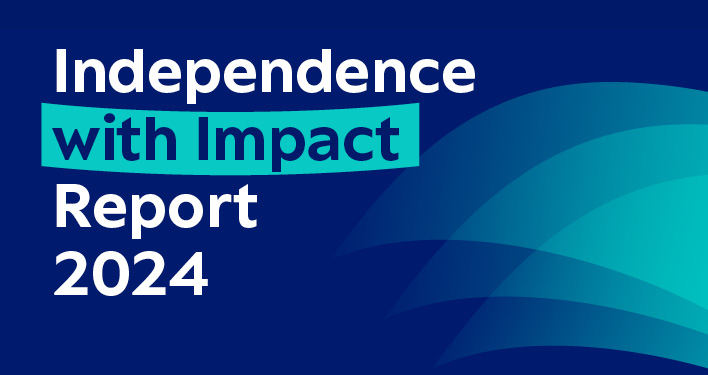 Teaching
Teaching You’d Like PowerPoint If You Only Used It Right

Oddly enough, all these problems look just like nails to me.
(© UW-Madison University Communications/
Photo by: Michael Forster Rothbart)

This article by Jared Cooney Horvath and Jason M. Lodge originally appeared at The Conversation, a Social Science Space partner site, under the title “It’s not PowerPoint’s fault, you’re just using it wrong”
Imagine seeing a young student attempt to twist in a screw using a hammer. I think we can all agree that angrily grabbing the hammer from the student and throwing it away would be a mistake. A more constructive response would to be to simply clarify the true purpose of a hammer.
Recent articles calling for blanket removal of PowerPoint from education make the same mistake as banning the hammer: they erroneously blame the tool for mistakes made by the user.
PowerPoint is a tool built for a very specific purpose: to display visual aids meant to complement verbally delivered content. Somewhere along the line, however, this purpose was forgotten and the tool was co-opted to achieve ends it was simply never meant to address.
So rather than outright abolishing PowerPoint, here’s a short refresher on how PowerPoint should be used.
PowerPoint faux pas
Using slides as speaker notes
Many people use PowerPoint as a substitute for speaker notes – filling each slide with text, which they then proceed to read aloud to the audience. The practice of using slides to guide the speaker rather than to aid the learner is not only tedious and redundant, but also has been shown to diminish audience engagement and learning.
Including too many words
A quick experiment: try to listen to the TV news or talk-back radio while you read this article. Don’t be surprised if you can’t pay attention to both at the same time – it turns out, silent reading requires the same brain regions as listening to someone speak aloud.
This means that when a PowerPoint presentation contains too many words, the audience must choose whether to read the slides or listen to the speaker. They cannot do both simultaneously. Even when slides contain the same words as those being spoken, comprehension and memory decrease when both are presented simultaneously.
Suddenly presenting dense graphs and/or tables
Graphs and tables compactly present data that, otherwise, might take many pages to outline and explain. As such, they take time and a great deal of mental effort to interpret. This means that if a complex graph or table suddenly appears on a PowerPoint slide, the audience must choose whether to decipher the figure or listen to the speaker: they can’t do both.
How to use PowerPoint

For successful PowerPoint presentations, says tist ar Austin Kleon, look to cartoonists(Image: Flickr/CC BY-NC-ND 2.0)
Include relevant images
It is not an accident that PowerPoint was developed as an image-presentation tool. Psychological and educational research has long demonstrated that including relevant images during an oral talk enhances audience engagement and improves learning.
Reveal graphs and/or tables
With PowerPoint, it is a trivial matter to segment graphs/tables into digestible bits and present each in a piecemeal format. For instance, a presenter can first display the empty axes of a graph, then overlay the internal grid, then build up each experimental condition.
In this way, the speaker can walk the audience through each component of a figure. In turn, this ensures the audience can listen to the speech as the complex visual image builds to completion.
Spatial predictability
Each time the mouse button is pressed to advance a presentation, the audience must devote attention to and decipher each new slide. This means they may tune out and no longer hear the speaker as they orient themselves to the newly presented material.
If each slide is spatially and visually organised in the same way (images, titles and/or references located in the same position on each slide, perhaps with an explicit box), audience members will covertly learn the layout, increasing audience attention and learning.
Putting it all together
There are very good reasons why the presentations delivered by the late Steve Jobs became so revered. Aside from his personal charisma and gravitas, Jobs and his team were masters of the use of visual aids for emphasis. Slides were used sparingly, had little to no extraneous detail, and were easy for the audience to process.
Slides are visual aids and should be designed with this purpose in mind. Notes, study aids and other supplementary material should be produced separately, using tools that have been designed for those purposes.
Don’t ban the hammer – simply use it for what it was meant for. ![]()

























































































